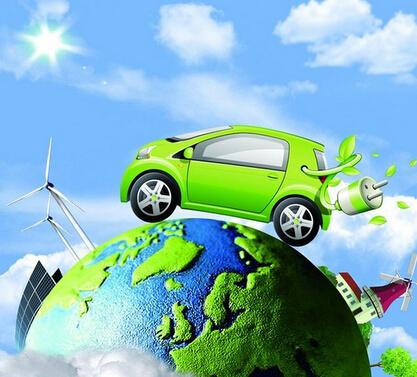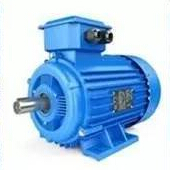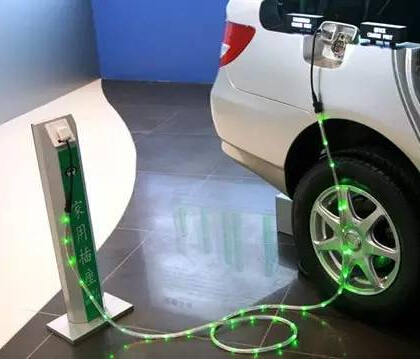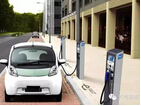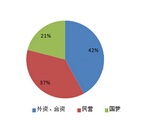At the end of last year, it was reported that relevant departments are studying and adjusting the central government subsidy policy in 2018 and tend to encourage high mileage and low energy consumption models. At the same time, the abolition of local subsidies is also a high probability event. The Chinese Automobile Association estimates that 2018 new energy vehicles is expected to exceed 1 million. In order to achieve this goal, the possibility of removing the subsidy has become very small, but the trend of tightening local subsidies has been inevitable.
It is noteworthy that local subsidies for new energy vehicles such as Changsha and Huai'an have been reduced from 50% of last year's state subsidies to 20% -30%.

In fact, there has been controversy over the removal of local subsidies. It is undeniable that the subsidies of central and local governments as an important means to promote new energy vehicles for the early development of new energy vehicles play a crucial role. For this reason, behind the policy dividend, it has caused local protectionism and increased the pressure of fiscal expenditure.
According to incomplete statistics, subsidies for new energy vehicles in 2015 reached 59 billion yuan, exceeding 83 billion yuan in 2016. According to China's new energy development plan, the subsidy policy will be completely abolished by 2020. Driven by the market and "double integration", the Company will continue to ensure the smooth development of enterprises and markets.
Cui Dongshu, secretary-general of the Federation, said that if the local subsidies and subsidies are lowered at the same time, the tempo will be a little faster. A better way is to effectively link local subsidies with the implementation of the "double-integration" policy so as to enhance market adaptability .
















 RCCN WeChat QrCode
RCCN WeChat QrCode Mobile WebSite
Mobile WebSite